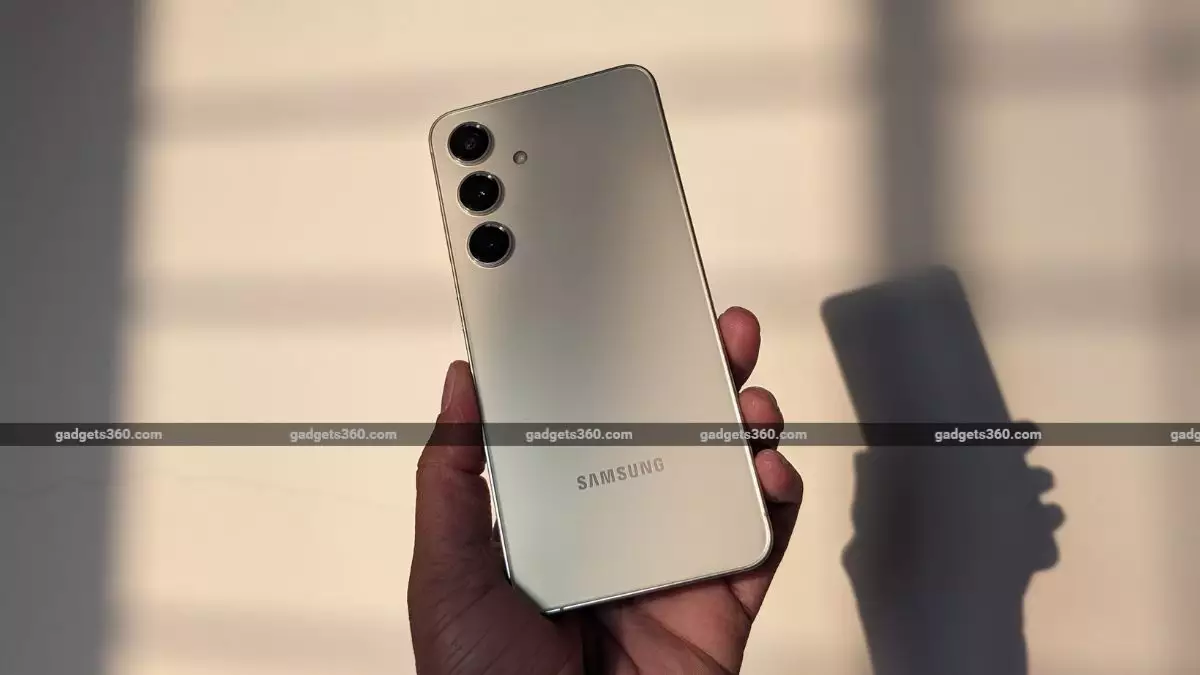In the competitive landscape of smartphones, Apple and Samsung are leaning towards creating slimmer versions of their flagship devices, known as the iPhone 17 Air and Samsung Galaxy S25 Slim, respectively. These devices are expected to prioritize a lightweight design, leading to the controversial decision of utilizing smaller battery capacities. This article delves into the implications of such a move and explores how these companies are navigating the balance between design aesthetics and practical usage.
Both the iPhone 17 Air and Galaxy S25 Slim are set to embody a sleek aesthetic, measuring approximately 5.x mm to 6.x mm in thickness. This emphasizes the growing trend among manufacturers to deliver ultra-thin smartphones. The main objective seems to be creating a visually appealing device that fits comfortably in hand or pocket. However, sacrificing battery life to achieve this slim profile raises questions about user experience. With projected battery capacities of merely 3,000-4,000mAh, consumers may find themselves tethered to chargers more often than they’d like, especially with the increasing demands of modern applications.
Specifications and Anticipated Features
While minimal design attributes dominate the conversation, other features of the upcoming smartphones deserve attention. The iPhone 17 Air is expected to sport a 6.6-inch OLED display showcasing Apple’s notable ProMotion technology along with Dynamic Island. It will potentially house a 48-megapixel rear camera and a 24-megapixel front-facing camera, features that would typically cater to photography enthusiasts. In contrast, the Galaxy S25 Slim is anticipated to rival its counterpart with a slightly larger 6.66-inch display, providing a robust visual experience. It might also include an impressive camera setup, featuring a staggering 200-megapixel main camera.
Interestingly, while Apple and Samsung are focusing on slimness, Chinese smartphone manufacturers are reportedly looking at larger battery capacities—around 5,000mAh—coupled with advanced technologies like Silicon-Carbon for improved energy density. As these Chinese companies push the envelope in terms of battery innovation, the two tech giants may find themselves lagging in a crucial area of user demands: how long a device can last on a single charge. This divergence highlights a potential vulnerability for Apple and Samsung, risking their positions in a market increasingly driven by both aesthetics and functionality.
Consumer Expectations in an Evolving Market
As the landscape of smartphone technology continues to evolve, consumers are left wondering: are they willing to trade battery life for a thinner phone? The launch of the iPhone 17 Air and Galaxy S25 Slim will likely serve as a litmus test for this consumer sentiment. Ultimately, while thinner models can be fashionable and desirable, the increasing use of smartphones for multitasking, gaming, and content consumption places new demands on battery efficiency. The decision to prioritize slimness may require a reconsideration as consumer expectations shift towards more practical usage over superficial design.
The ambitions of Apple and Samsung to produce ultra-thin smartphones herald a new era in smartphone design, but it is imperative to keep in mind the ever-evolving demands of their users. The balance of form and function will be crucial in determining whether these new models are embraced by the market.


Leave a Reply